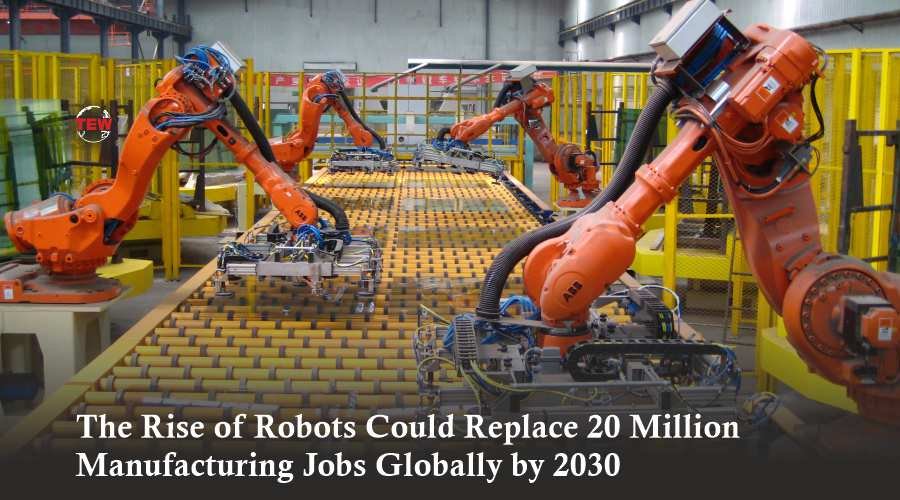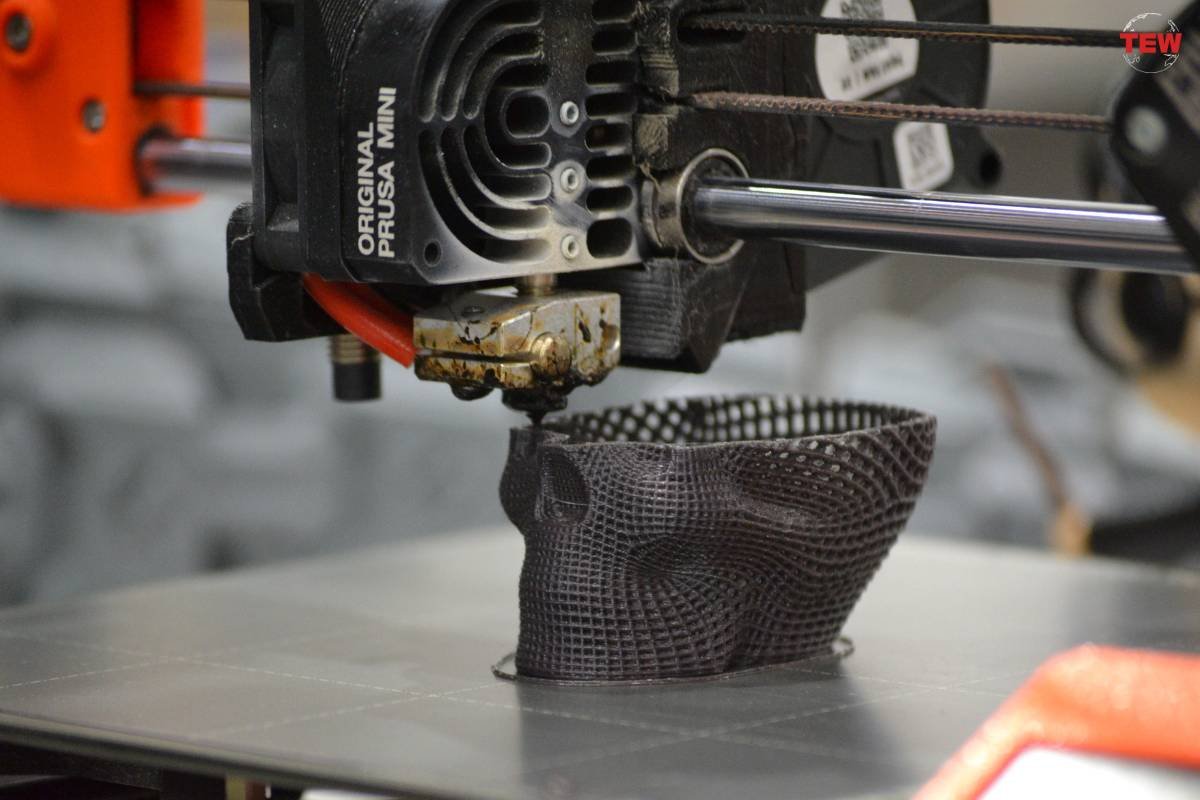The rise of Robots will replace jobs of 20 Million by 2030
We live in a technology-driven world filled with promises and challenges. Algorithms that respond to customer-service inquiries, machines that read X-rays, and cars that drive themselves, are all indicators of powerful novel forms of automation. Yet even as these technologies improve our lives and increase productivity, their use will substitute for a few work activities that are humans currently performing. The rise of Robots will replace jobs.
However, it is predicted by Oxford Economics that the machine learning (ML), and artificial intelligence (AI), the rise of robots will replace jobs, 20 million manufacturing jobs all across the globe by 2030.
The Reported Statistics
Looking at the statistics, since 2000, around 1.7 million manufacturing jobs have already been replaced by robots all over the world. Of all these jobs, 550,000 people have lost the job in China and around 260,000 have lost it from the U.S. The worldwide stock of industrialized robots since 2010 has more than doubled. If this rate of robotization continues in the coming years, it is a possibility that the global workforce for manufacturing will shrink by about 8.5% by 2030. The rise of Robots will replace jobs.
Oxford economics has found that around 1.6 manufacturing employees’ jobs are replaced by the installation of each new robot. It is also estimated that an increasing number of robots are now being used in the service industries and it will increase in the next five years owing to the advances in engineering, machine learning, and Artificial Intelligence. This will impact sectors including transportation, hospitality, retail, healthcare, and logistics. The rise of Robots will replace jobs.
Currently, the country to install the greatest number of robots is China, which represents one out of three worldwide. It is estimated that China will have as many as 14 million industrial robots by 2030. This will make the country the largest manufacturing hub in the whole world.
Displacing the Most Vulnerable Workers
Predictably, the poorer regions will be impacted the most by the displacement of jobs owing to the rise of robots. Lower-skilled regions, which tend to have high unemployment rates and have high weaker economies, will be most vulnerable to the loss of jobs. Each additional robot employed in these regions will lead to an average of nearly twice as many job losses as those employed in the higher-skilled regions of the same nation. The rise of Robots will replace jobs.
Warehouse work and other jobs that contain repetitive functions will be most affected by robots. While jobs that require more social intelligence or creativity and are less structured will likely continue to be subjugated by humans. However, robots will play a progressively vital and large role even in those areas.
In addition, robotization will ultimately boost economic growth and productivity despite the job losses and create new jobs at the same rate it will destroy old jobs, noted Oxford Economics. Thus, millions of new jobs are likely to be created throughout all areas of the global economy.
Globally, a 0.1% productivity boost is found for a 1% rise in the stock of robots per manufacturing employee. The productivity boosts in terms of driving meaningful growth and output per worker. Faster adoption of robots surges both short- as well as medium-term growth.
Policy Implications of Artificial Intelligence
The policymaker will need to cope up with the fact that as this technology is enabling growth it is also exacerbating the income inequality due to the companies across various sectors continuing to implement robotics. The rise of Robots will replace jobs.
Over the last two decades, more than half of the US workers who have left production jobs have moved to jobs in administrative work, offices, construction, and transportation. While this must not lead policymakers to stop or slow down the adoption of robotics, instead the focus should be on how to use the revenue produced from the technology in helping those with vulnerable regions.
Also, business leaders should not vacillate to seek technological solutions to business encounters to remain competitive in their field. However, when making technology investments, they should seek buy-in from their employees and communicate their robot-related aims directly. This also means investing in education programs and training along with robotics. The rise of Robots will replace jobs.





